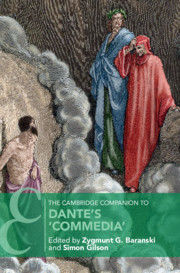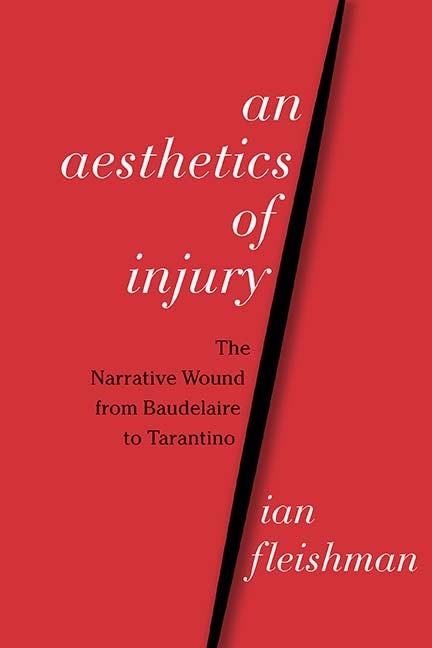The Cambridge companion to Dante’s Commedia
This newly commissioned volume presents a focused overview of Dante’s masterpiece, the Commedia, offering readers of today wide-ranging insights into the poem and its core features. Leading scholars discuss matters of structure, narrative, language and style, characterization, doctrine, and politics, in chapters that make their own contributions to Dante criticism by raising problems and questions that call for renewed attention, while investigating contextual concerns as well as the current state of criticism about the poem. The Commedia is also placed in a variety of cultural and historical contexts through accounts of the poem’s transmission and reception that explore both its contemporary influence and its continuing legacy today. With its accessible approach, its unstinting focus on the poem and its attention to matters that have not always received adequate critical assessment, this volume will be of value to all students and scholars of Dante’s great poem.
zum Buch im ULB-Katalog
zum Buch auf der Verlags-Website
An aesthetics of injury: the narrative wound from Baudelaire to Tarantino
An Aesthetics of Injury exposes wounding as a foundational principle of modernism in literature and film. Theorizing the genre of the narrative wound—texts that aim not only to depict but also to inflict injury—Ian Fleishman reveals harm as an essential aesthetic strategy in ten exemplary authors and filmmakers: Charles Baudelaire, Franz Kafka, Georges Bataille, Jean Genet, Hélène Cixous, Ingeborg Bachmann, Elfriede Jelinek, Werner Schroeter, Michael Haneke, and Quentin Tarantino.
Violence in the modernist mode, an ostensible intrusion of raw bodily harm into the artwork, aspires to transcend its own textuality, and yet, as An Aesthetics of Injury establishes, the wound paradoxically remains the essence of inscription. Fleishman thus shows how the wound, once the modernist emblem par excellence of an immediate aesthetic experience, comes to be implicated in a postmodern understanding of reality reduced to ceaseless mediation. In so doing, he demonstrates how what we think of as the most real object, the human body, becomes indistinguishable from its “nonreal” function as text. At stake in this tautological textual model is the heritage of narrative thought: both the narratological workings of these texts (how they tell stories) and the underlying epistemology exposed (whether these narrativists still believe in narrative at all).
With fresh and revealing readings of canonical authors and filmmakers seldom treated alongside one another, An Aesthetics of Injury is important reading for scholars working on literary or cinematic modernism and the postmodern, philosophy, narratology, body culture studies, queer and gender studies, trauma studies, and cultural theory.
zum Buch im ULB-Katalog
zum Buch auf der Verlags-Website
Weitere Titel können Sie in unseren Neuerwerbungslisten für die Romanistik entdecken!


